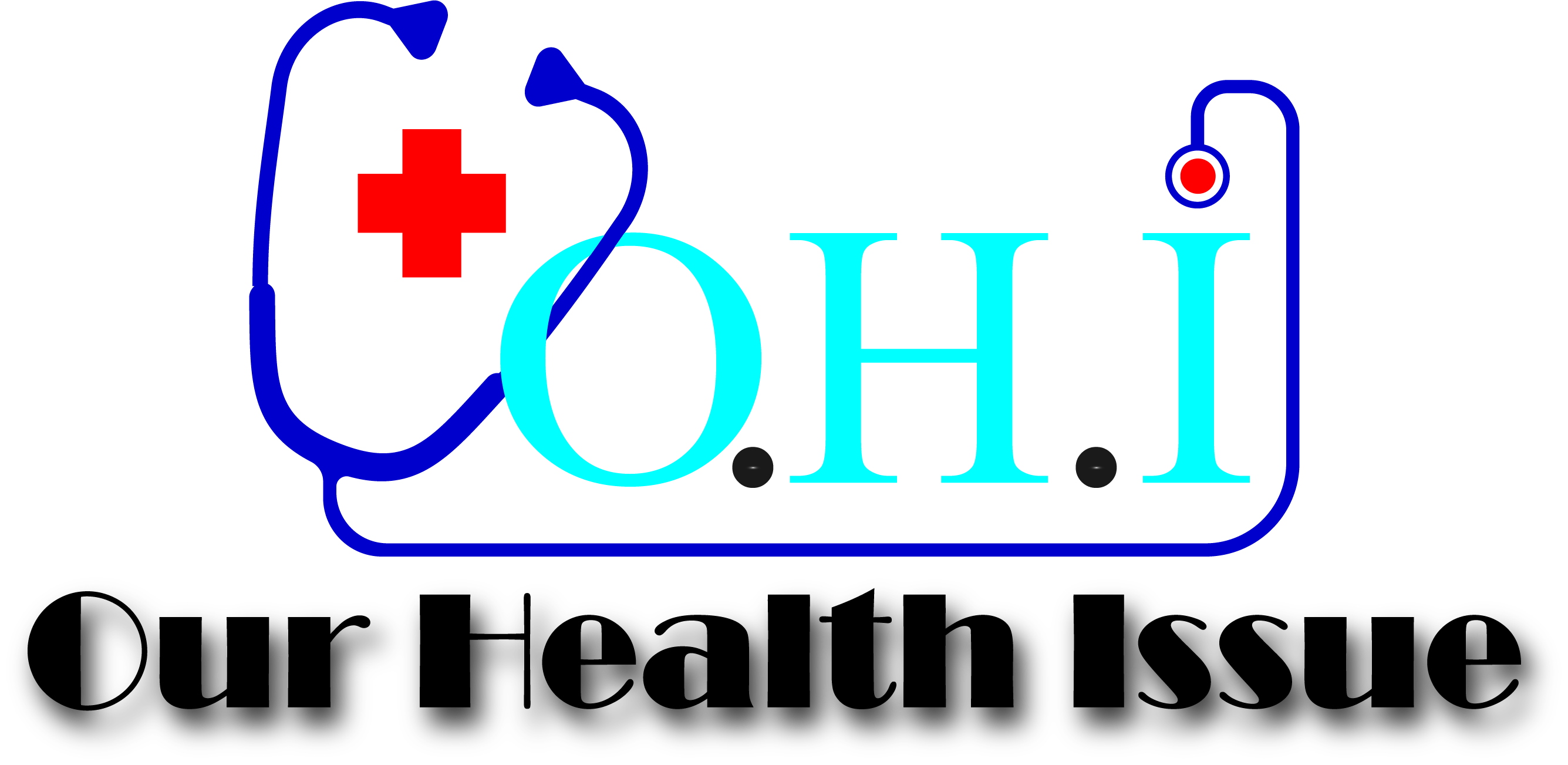
Medical interpretation has been the most significant medium for bridging the gap between languages. Millions of patients travel all across the world for medical reasons. Not all of them understand or speak the languages of the destined countries. They have to struggle with the content and its language. Moreover, the pandemic and lockdown during COVID-19 made medical interpretation a matter of significance too. It also paved the way for remote personal interaction as a new normal. The remote medical interpretation then came for everyone’s convenience. It is playing a vital role in overcoming language barriers and maintaining social rules at the same time.
Remote Medical Interpretation
Remote interpretation in the medical industry refers to the use of technology to facilitate communication between healthcare professionals and patients who speak different languages. This also goes for the patients and physicians who have limited proficiency in the language of care. It also involves the use of remote interpreters who have connections via phone or video conference to facilitate communication between the healthcare provider and patient. This mode of medical interpretation has become an essential part of healthcare delivery in recent times due to the increasing diversity of patient populations and the need for effective communication to provide quality care.
Advantages of remote medical Interpretation
The remote mode of interpretation has emerged as a life savior of recent times. The medical field and industry often have to witness situations where a patient is critical and needs to be treated right away but the medical staff and the family of the patient fail to communicate due to the language barrier. This is where the remote interpretation intervenes and the hospital hires the services of the interpreters who are on their board to avoid wasting any further time. Likewise, there are many more advantages of medical interpretation.
Improved Access to Healthcare:
Medical interpreters who work remotely make it easier for patients to access healthcare services, especially those who may be located in remote or underserved areas. Patients who speak different languages or have limited proficiency in the language needed can easily communicate with their healthcare providers through interpreters. This improved access to healthcare helps prevent and treat illnesses, leading to better health outcomes.
Cost-Effective:
Medical and regulatory translation often costs an arm and a leg. Medical translators and interpreters are also highly paid. However, remote interpretation is quite economical as compared to other mediums. Working remotely cuts down the cost of transportation, scheduling, and waiting times. This way it makes it a more efficient way of providing interpretation services. This is particularly beneficial for healthcare organizations that serve a diverse patient population and require frequent interpretation services.
Time-Saving:
Interpretation overall has been quite helpful with the time-saving. With remote medical interpretation, healthcare providers can access interpreters quickly, eliminating the need to schedule an in-person interpreter. This saves time for both the healthcare provider and the patient, making healthcare delivery more efficient.
Language Access Compliance:
It goes without mentioning that this interpretation mode is a reliable way of ensuring language access compliance for healthcare organizations. The use of interpreters via remote technologies ensures that patients receive quality care and are able to communicate their needs effectively, regardless of language barriers. It also makes the patients confident, they feel good and comfortable and talk about their health conditions more accurately leading to an effective treatment plan.
Enhanced Quality of Care:
This further helps to enhance the quality of care by facilitating effective communication between the healthcare provider and the patient. Patients who can communicate their needs effectively are more likely to receive appropriate and effective treatment, leading to better health outcomes.
Limitations of Remote Medical Interpretation
Where there are a number of advantages of remote interpretations in the medical domain, there are certain limitations too. Moreover, the doctor’s sloppy handwriting also gets problematic for the interpreters. This further calls for the doctor handwriting translation.
Technical Difficulties:
As remote interpreters have to rely heavily on technology so technical difficulties such as connectivity issues and software problems can occur. These further affect the quality of communication between the healthcare provider and the patients. Technical difficulties also lead to delays in providing interpretation services, which often get detrimental to the patient’s health.
Lack of Visual Cues:
Remote medical interpretation does not provide the same level of visual cues as face-to-face interpretation. Nonverbal cues such as facial expressions and body language are quite important in interpreting communication, and this goes missing with the remote mode of interpretation. This also makes it challenging for healthcare providers to interpret the patient’s needs accurately.
Limited Privacy:
Privacy also gets compromised in remote interpretation. The whole situation does not provide the same level of privacy as in-person interpretation services. The use of remote technology implies that there is a risk of confidential information being exposed and accessed by unauthorized persons. Healthcare organizations should also ensure that the necessary privacy steps are taken to safeguard important information.
Conclusion:
The remote mode of interpretation is a valuable tool for healthcare organizations that serve diverse patient populations. With the help of remote interpretation access to healthcare gets improved, gets cost-effective, saves time, and ensures language access compliance. However, it is important to be aware of the limitations of this process, such as technical difficulties, lack of visual cues, limited privacy, and others.




